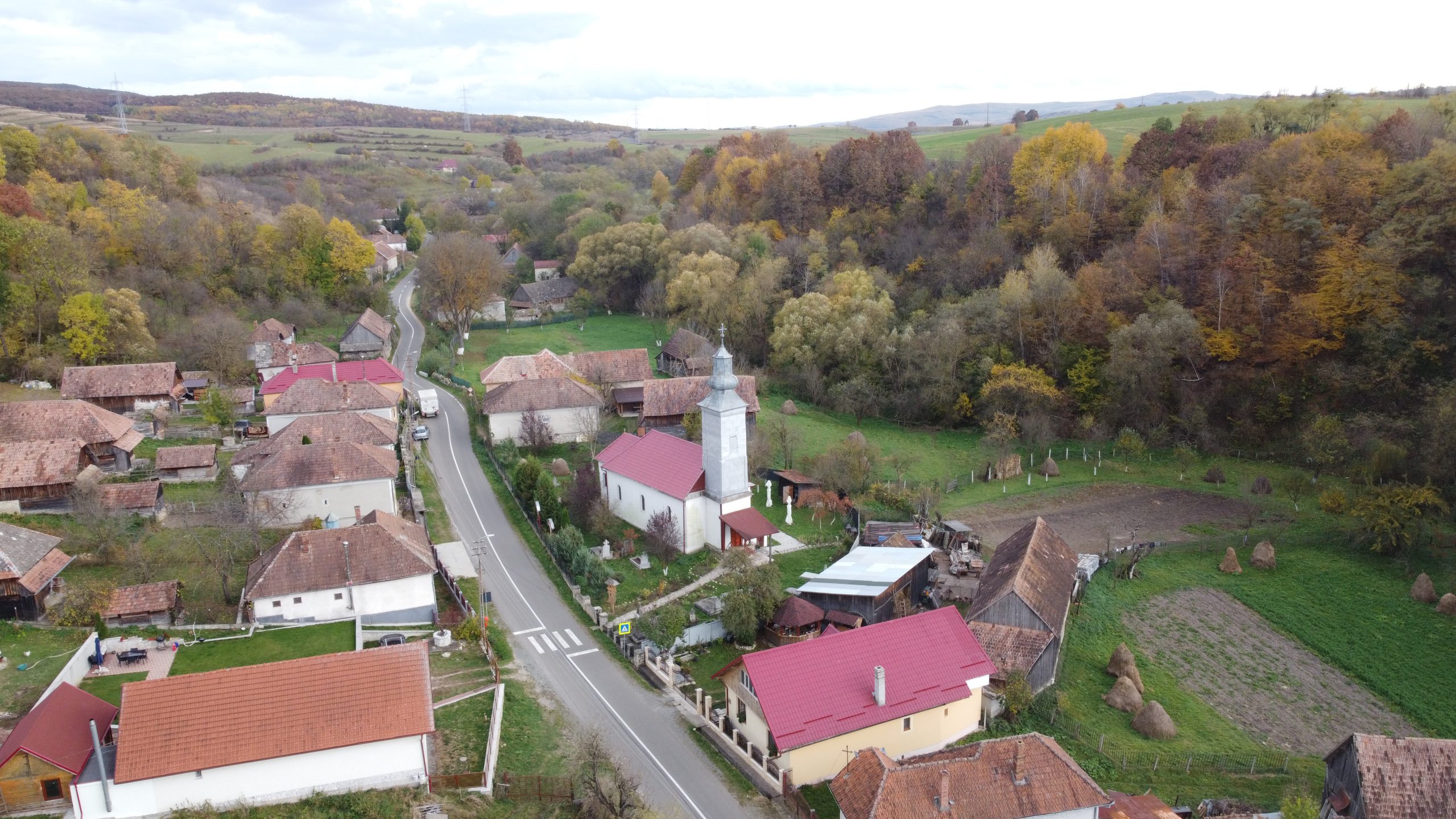Vălișoara
Vălișoara
Vălișoara is the smallest village of Săvădisla municipality, with less than a hundred inhabitants. It is situated in the valley of the Racos stream, which flows into the Fenes stream at Vlaha. It takes its name from the brook where crayfish once lived. The A3 motorway to northern Transylvania passes by the village, but no junction has been built to allow access up or down.
The first documentary attestation of the settlement dates from 1456, when it is mentioned as Rakos in a document. In the 18th and 19th centuries it appears under the names Oláh Rákos, Oláh-Rákos, Oláhrákos, and in 1913 it was given the name Járarákos, which is difficult to explain, as it is situated far from the valley of the Iara stream. In Romanian, it was called Rakișu in the 19th century, then Rachişu Romînesc in the early 20th century, then Răchişul Român in 1921, and then Vălişoara from 1925.
In the Middle Ages, Vălișoara, together with the other settlements in the area, belonged to the manor of Léta fortress. Its inhabitants were engaged in cultivating the land belonging to the castle and raising livestock.
In the Middle Ages, the castle belonged to the Hungarian kings and then was under the authority of the Transylvanian voivode, whose lieutenants usually also performed the duties of the deputy bailiffs of Turda or Cluj counties. During the reign of the Transylvanian prince Sigismund Báthori, the governor of Transylvania, János Géczi, became the owner of the fortress during the minority of Prince Sigismund Báthori (1586-1588), and gradually lost its military role. The present Orthodox church of the village was built of wood in 1907, dedicated to the Archangels Michael and Gabriel. Its tower cap used to decorate one of the towers of the Jósika Castle in Vlaha, which was demolished in 1938 and sold as building material.
In the 1977 census, Vălișoara had 237 Romanian inhabitants, in 1992 135 (133 Romanian), in 2002 112 (110 Romanian), in 2011 89 (84 Romanian, 4 Hungarian) and in 2021 65 (52 Romanian and 6 Hungarian). In 2021, 44 of the inhabitants were Orthodox, six Greek Catholic and three Reformed.
About 80 percent of the streets in Vălișoara are paved.
The inhabitants
0
The first documentary attestation
0
- UAT Săvădisla
- 528
Contact
- Main Street, No. 35, Săvădisla Commune, 407505, Cluj County
- +40 264 374 275
- +40 264 374 275
- primsav@yahoo.com
Useful



